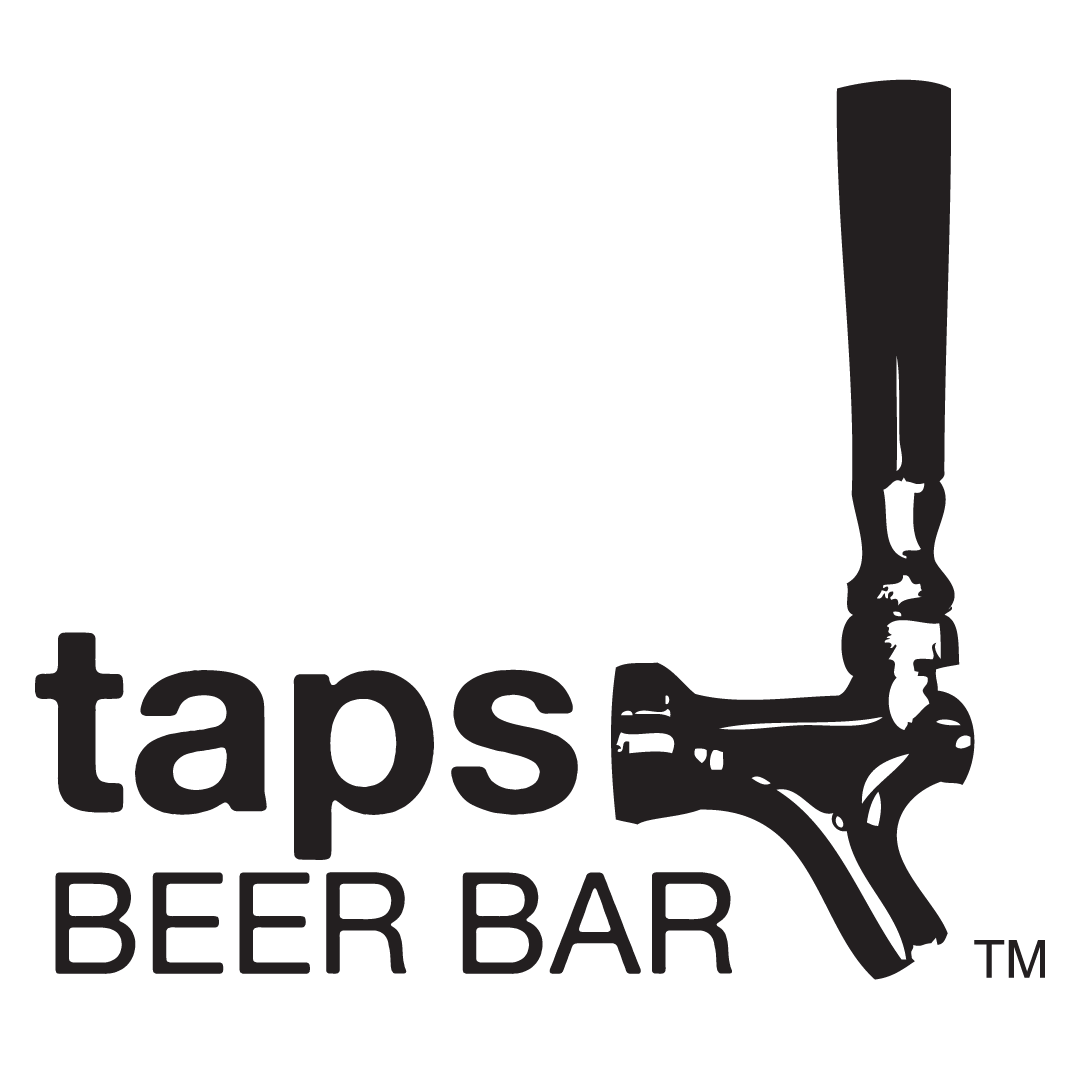As a coffee lover, you already know the magic happens in the roaster. The same exact principle applies to craft beer. Both coffee beans and the barley used to make beer go through a controlled heating process that unlocks those delicious, complex flavors.
Let's break down this flavor connection, keeping it simple.
Coffee's Roasting Spectrum ☕
When you buy coffee, you know the roast level determines the taste:
-
Light Roast: Tastes bright, acidic, and fruity.
-
Medium Roast: Balanced, with notes of caramel and nut.
-
Dark Roast: Bold, with flavors of bitter chocolate, cocoa, and an oily body.
Beer's "Malt Roast" Spectrum 🍺
In beer making, the grain—typically barley—is first malted (wetted and allowed to sprout) and then roasted. Brewers call this roasted grain Malt. The brewer chooses malts based on how dark they were roasted, which is exactly how they choose the beer's color and flavor.
Think of the various malts like the different roast levels of coffee:
The Secret Ingredient: Caramelization
The key chemical process in both cases is caramelization and the Maillard reaction.
-
Caramelization: This happens when sugars in the barley (or coffee bean) are heated, transforming into rich, sweet, and nutty flavors like toffee and caramel. This is how brewers get the Caramel and Toffee notes in many beers.
-
Maillard Reaction: This is a more complex chemical reaction between amino acids and reducing sugars that occurs when food (like grains or beans) is heated. It's responsible for the amazing complexity and browning flavors—think toast, bread crust, biscuit, and those deep roasted notes.
The longer and hotter the brewer roasts the malt, the more they push these reactions, moving from toasty notes to chocolate, and finally to pure espresso and bitter char.
Why Your Favorite Stout Tastes Like Coffee
When you're drinking a dark Stout, you're tasting beer made with a high percentage of those Deep Dark Roast Malts (like Roasted Barley or Black Patent Malt).
-
These grains are roasted so intensely they develop the exact same bitter, rich, and slightly astringent character you find in a high-quality, dark-roasted coffee bean.
-
Many brewers lean into this natural flavor by adding actual coffee during the brewing process, creating a Coffee Stout that is the ultimate fusion.
So, the next time you sip a dark craft beer, remember that the color and the flavor aren't added dyes or strange chemicals—it's simply barley that has been roasted with the same care and intention as your morning espresso.
Cheers to the shared art of the roast! 🍻☕ If you're looking for some recommendations, check out Beers That You Should Try If You Love Coffee
